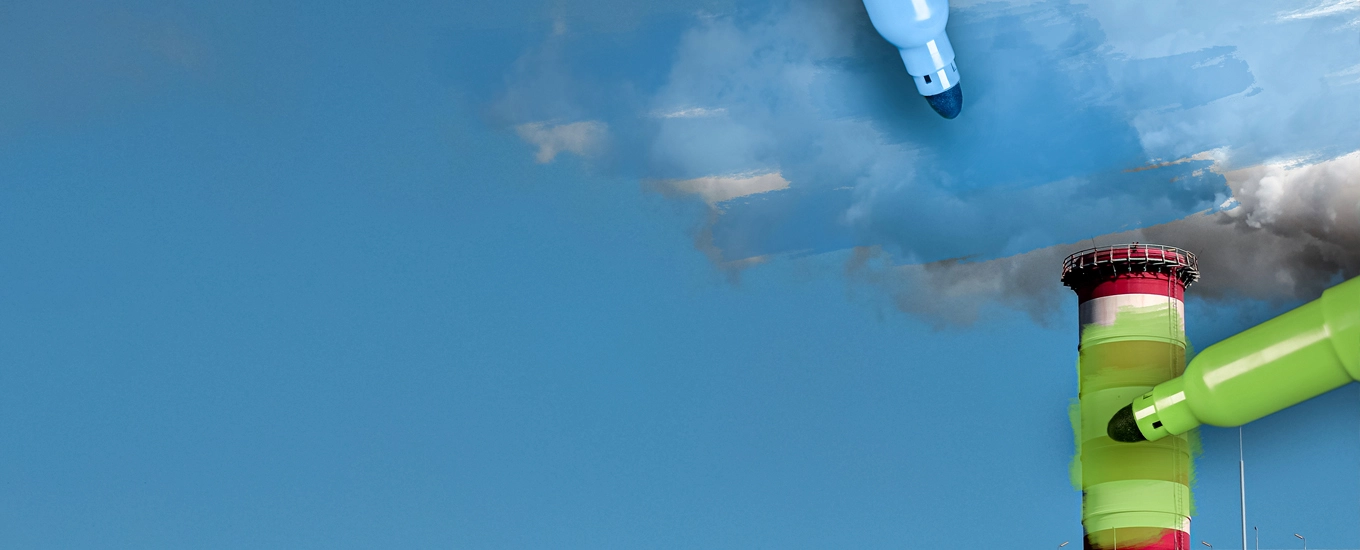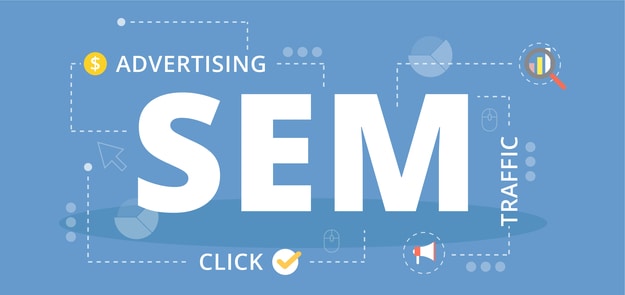Brands who stay true to their environmental claims benefit from more favorable customer perception—it’s also the ‘right thing to do’
As a marketer, you’ll find these research results about sustainable brand positioning to be both exciting and daunting: Sixty-four percent of consumers surveyed by the environmental firm Green Print say that they’re happy to pay more for sustainable products, and a striking 78% say they’re more likely to buy products that are labelled as “environmentally friendly.” But here’s the thing—nearly three quarters (74%) of those consumers admit they don’t know how to identify eco-friendly products and nearly half confessed they seldom or never actually believe eco-claims.
So where does that leave marketers and brand designers who authentically want to highlight the environmentally-conscious attributes of their CPG brands?
Clearly, simply claiming on your packaging that your company has a commitment to the environment—perhaps with imagery of waterfalls and sunlit forests, along with a certified organic label—is no longer enough. Brands that offer consumers a false impression of how a company’s products are good for the environment—a practice known as “greenwashing”—can damage a brand’s reputation. In a nutshell, greenwashing involves brands trying to get credit for playing in the sustainable space without having any intention of long-term environmental benefit, or exaggerating the eco-friendly steps they’re taking.
And it’s not always a deliberately deceptive action by a brand; unintentional greenwashing can occur over time. What was relevant in 2020 may not be as relevant in 2022. Exhibit A: The designation that a food product is “natural” was once a powerful statement; but today, the word “natural” is barely table stakes—it provides so little differentiation that referring to a food product as natural means nothing to most consumers. With consumer interest growing in farm-to-table, bee-friendly certification and traceability of their food, it’s vital that brands stay a step ahead of consumers. For example, our organization is now working with the Applegate brand on hot dogs that are sourced to regenerative farms—a benefit that consumers might not have imagined just a year ago.
And that’s the key insight for smart marketers—it’s not enough to be eco-friendly; a brand must educate its consumers on what its initiatives mean. As an example, the juice brand Snapple (in full transparency, a CBX client) recently moved from glass bottles to plastic. We know that some consumers perceive plastic to be worse for the environment because glass is fully recyclable. Yet Snapple identified a more important goal for its packaging: reducing greenhouse gas emissions. Glass is heavy, and switching to plastic bottles was a better way to achieve that climate-preserving objective. As marketers, we must recognize that the goal posts for sustainable packaging and brand claims are not static, so we have to be nimble enough to evolve as our consumers’ perceptions do.
The reason you should be committing to eco-friendly practices as marketers or package designers is not only to get credit for it, but because it’s the right thing to do. The planet is in peril.
Brian Hauck, design manager and sustainability expert, CBX
Nina Goodrich, director of the Sustainable Packaging Coalition, cites the seven sins of greenwashing: the sin of the hidden trade-off, sin of no proof, sin of vagueness, sin of worshiping false labels, sin of irrelevance, sin of the lesser of two evils, and the sin of fibbing. Goodrich concluded that all of these greenwashing issues are still rampant. “An example of one of the most egregious claims that we see is stating a package is ‘100% recyclable.’ However, nothing is 100% recyclable because packaging uses inks, coatings, adhesives and other materials,” Goodrich said.
As package designers, we know that selection of inks is becoming mission critical—shiny packaging with a metallic component is not recyclable and some, but not all inks, are biodegradable. Education is key—do your consumers understand the difference between your package being reusable versus recyclable?
In order to keep from falling into this greenwashing trap, marketers must accurately communicate their environmental impact, resisting the temptation to mislead consumers. Brian Hauck, design manager and sustainability expert for CBX, notes that while some companies may introduce a product to show its commitment to protecting the environment, that step is often performed to generate positive PR rather than for its impact on the earth.
“The reason you should be committing to eco-friendly practices as marketers or package designers is not only to get credit for it, but because it’s the right thing to do,” he said. “The planet is in peril.”
Companies that really want to make a difference with sustainability efforts should start by putting together a list of sustainability goals and an action plan to make it happen. “Recyclability and other eco-friendly claims are going to be table stakes for brands because as each generation ages, sustainability becomes more important,” Hauck said. “It’s going to be required by a lot of retailers. There are several states, and even the federal government, which will be requiring more sustainable solutions from marketers of consumer packaged goods.”
Tips for Successful Sustainability
Avoiding greenwashing is not difficult, as long as a company stays true to its word and follows its plan accordingly.
Lifecycle assessments should be conducted for all of your products, analyzing where ingredients and product components are sourced, manufactured and how they are packaged. Rather than “go big,” your brands may be better off taking incremental steps that increase their sustainable positioning over time.
Plus, there is help out there. Consider aligning your company with and learning from organizations such as the Sustainable Packaging Coalition, the Flexible Packaging Association or the Association of Plastic Recyclers.
Making a Wrong Turn
One of the key areas where CPG manufacturers face sustainability problems is in co-mingling materials that make recyclable material challenging to extract. For example, you don’t want to use different types of layered polymers or resins in your packaging because you can’t isolate those elements to make them reusable.
Then there are companies that proclaim big sustainability goals in the future, setting certain targets by 2030 or another far-off year. That strategy has the potential to be perceived by consumers as greenwashing, especially if there is no roadmap for the next decade.
And finally, there are some brands that make honest mistakes or overstatements; correcting those errors in a prompt manner can ease the harsh criticism companies are facing from environmental advocates and sustainability evangelists alike.
If your company wants to avoid greenwashing, it should rely on data, embrace credible third-party certification, and resist stretching the truth about the eco-achievements they’re making. In the end, it’s vital that brands educate consumers about what truly are the environmental attributes of their product portfolio. The best way for marketers to avoid accusations of greenwashing is simple: stay truthful—the future of our earth (and your brand’s reputation with consumers) may depend on it.



